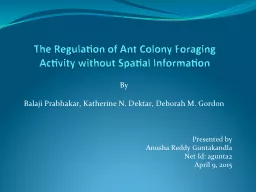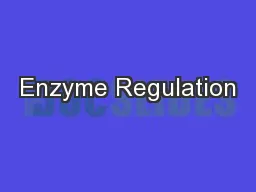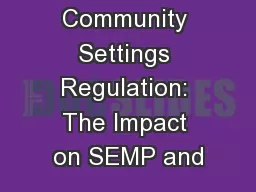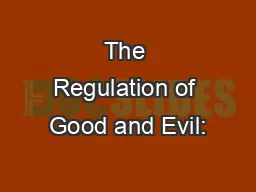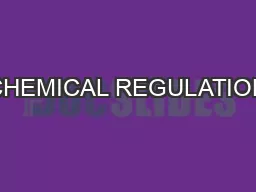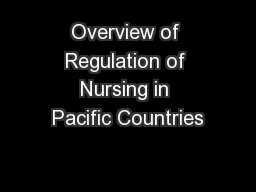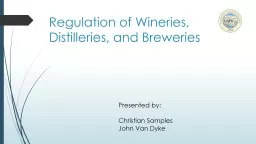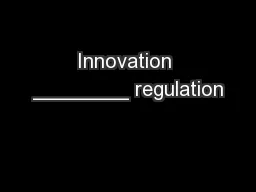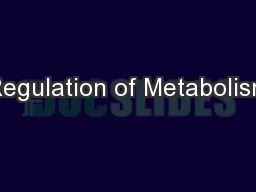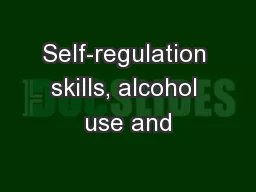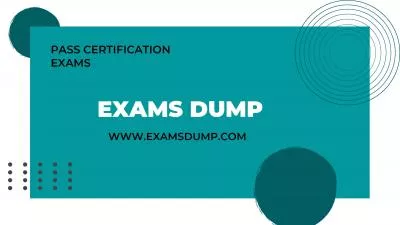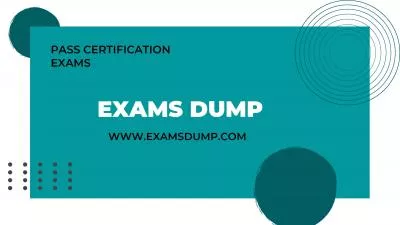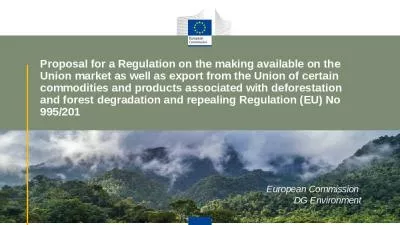PPT-The Regulation of
Author : natalia-silvester | Published Date : 2016-04-21
Ant Colony Foraging Activity without Spatial Information By Balaji Prabhakar Katherine N Dektar Deborah M Gordon Presented by Anusha Reddy Guntakandla Net
Presentation Embed Code
Download Presentation
Download Presentation The PPT/PDF document "The Regulation of" is the property of its rightful owner. Permission is granted to download and print the materials on this website for personal, non-commercial use only, and to display it on your personal computer provided you do not modify the materials and that you retain all copyright notices contained in the materials. By downloading content from our website, you accept the terms of this agreement.
The Regulation of: Transcript
Download Rules Of Document
"The Regulation of"The content belongs to its owner. You may download and print it for personal use, without modification, and keep all copyright notices. By downloading, you agree to these terms.
Related Documents

